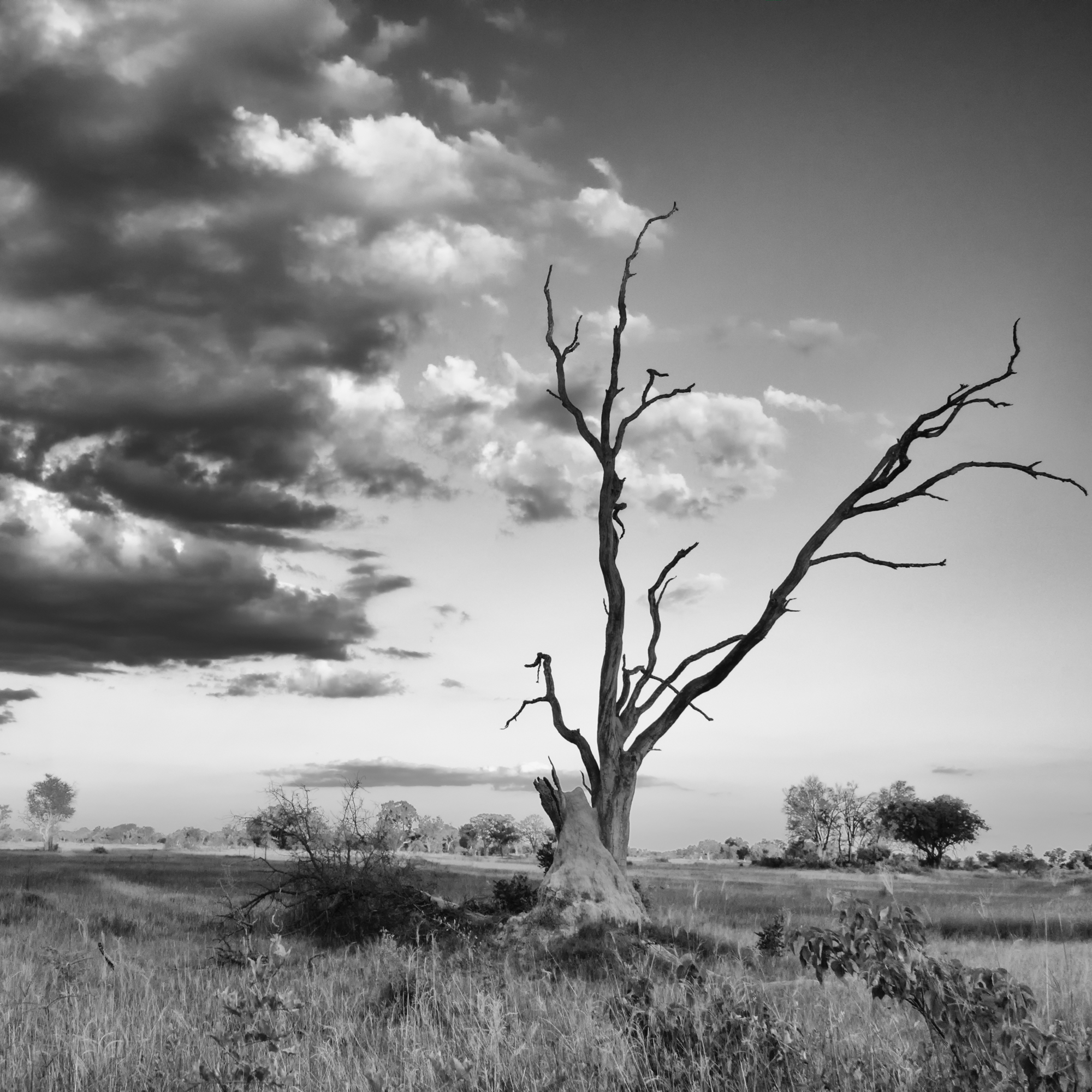





Showcasing the beauty of Mother Nature





No jokes, funny business or shenanigans here. Just a trio of zebra images for the 1st monochrome Monday of April.
Wishing everyone a fantastic week ahead!











Some leopards to start the week! Leopards are definitely my favourite cats to watch (well, at least of the cats I have seen so far… once I have the chance to see tigers and jaguars, I’ll have to revisit this statement!)
The first image was taken in Botswana in the Okavango Delta, in a sighting filled will drama (for the humans involved). Several vehicles from another camp were following this leopard, who was doing what leopards do best, being elusive and sticking to the cover of the bush. There had been a lot of flooding in the area, and a vehicle got stuck while following this cat, and then a second got stuck, trying to help the first. Our awesome ranger saved the day and got the vehicles mobile again, but both stuck vehicles missed out on the few photo opportunities that were available, like this one.

This second image was also from the delta, and I have posted of this sighting many times before so I won’t go on and on. I think though, this shot is how people dream of seeing leopards, but the one above is a far more realistic scenario.

This final image was taken in South Africa; our guide took us to a sighting of a mama leopard and her two cubs in ravine, and we had a brilliant time watching the cubs playing on the fallen trees, scampering through the swamp, and wrestling with each other. The cub pictured here was just about to pounce on its sibling, who was a few feet below on the ground. This was one of those sightings where, as we drove back to camp, our guide told us “we probably should keep this quiet while there are other guests around”.

Just so you know, you can find lots of images like these over in my gallery page!




The amazing Okavango Delta, from the air, is the image I have selected for my monochrome Monday post this week. It is such an amazing and beautiful location, and one that absolutely needs to be experienced from the land, the air and the water to truly get an appreciation for the magic of the place. Definitely a destination I hope to return to again.

When I woke up this morning, it was -28C; decidedly not warm here. But the sun is shining, and bundled up, Spencer and I managed a couple of nice walks today. It still doesn’t feel like spring is around the corner; but hopefully that will change soon.
Last week, I flagged several landscape images from my travels for editing throughout the week, and while working on them, I realized that not only do they all fit into the theme of being taken in warm places, but they were all taken on the fly. If I asked guides to stop every time I saw something interesting, we certainly wouldn’t get very far, so I have become rather comfortable with snapping away out of a moving vehicle. Sometimes it works, and sometimes, not so much.
I hope you enjoy my selection of images this week.






I have been incredibly fortunate to see wild dogs on all the trips I have taken to southern Africa. My very first trip, when asked what animal I hoped I would see, it was the wild dog. I knew they were rare, endangered, and can be difficult to find, and when our guide Mike found them during our day trip to Chobe Park, I was beyond thrilled. And I have remained thrilled each time I have had the good fortune of spending time with these amazing animals.
All the images below were from my last trip, when we had wild dogs sightings over 3 days in the Okavango Delta.





Last week I decided that my Sunday posts for the rest of the month would focus on the topic Warm. It seemed fitting, given how cold it has been and how much I wish it would warm up.
Today, I decided to share images that make my heart feel warm and happy. It should be no surprise to any frequent visitor that this means elephants. Lots and lots of elephants!
I hope you enjoy my selections, and wishing you a wonderful week ahead.




